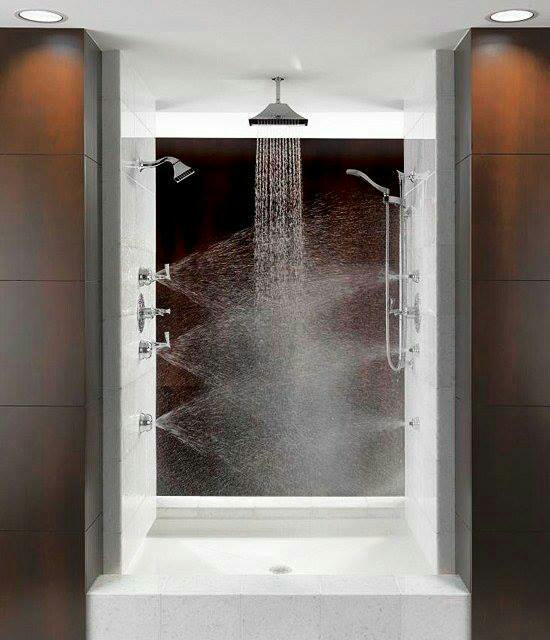01/08/2013
Where would the living room be without the sofa?
Then, in the half-century from roughly 1670 to 1730, virtually every kind of furniture now common in Western homes was invented. Some of these designs, like the armchair, had existed in antiquity or in Eastern cultures, but the anonymous 17th-century European craftsmen who re-imagined them undoubtedly had no knowledge of any precedent to their creations.
Even the most minimalist living room today includes two pieces that these craftsmen invented: the sofa and the occasional table. Until then, seating had been limited. Only trunks, benches and beds provided room for more than one person to sit. And even wealthy families used one large table for everything from eating to writing. By the early 18th century, however, many small tables had become available, each designed for a particular activity...
And sofas in dozens of styles had been invented, like these ones:
31/07/2013
30/07/2013
Color your home & Color your life | Colorir a sua casa & Colorir a sua vida
The impression of a color and the message it conveys is of utmost importance in creating the psychological mood or ambiance that supports the function of a space.
To mention a few examples concerning colors and what they convey:
Pastel yellow gives the impression of sunny, friendly, soft. The message in the interior space is stimulating, brightness, coziness.
Red is arousing, passionate, provocative, fiery, aggressive. The message in the interior is aggressive, advancing, dominant.
Green is balancing, natural, calm with the message of simplicity, security, balance.
White expresses open, vast, neutral, sterile. The message being purity, sterile, emptiness, indecisiveness.
Obviously this is a very small example since all colors change their character when modified in their lightness factor (light to dark) and saturation.
O uso de uma cor e a mensagem que esta transmite é de extrema importância na criação da atmosfera psicológica ou ambiente que rege a função de um espaço. Alguns exemplos de cores e o que elas transmitem: Amarelo pastel transmite a sensação de sol, amistoso, suave. A mensagem no espaço interior é estimulante, o brilho, o aconchego... O vermelho é excitante, apaixonado, provocativo, impetuoso, agressivo. No interior é agressivo, determinado, dominante. Verde é equilibrio, natural, calmo, com a mensagem de simplicidade, segurança e equilíbrio. Branco cria a sensação de espaço aberto, grande, neutro, estéril. A mensagem pode ser de pureza... estéril, vazio, indeciso. Obviamente este é apenas um pequeno exemplo já que todas as cores são mutáveis quando se alteram os parâmetros luminosidade (claro e escuro) e saturação.


